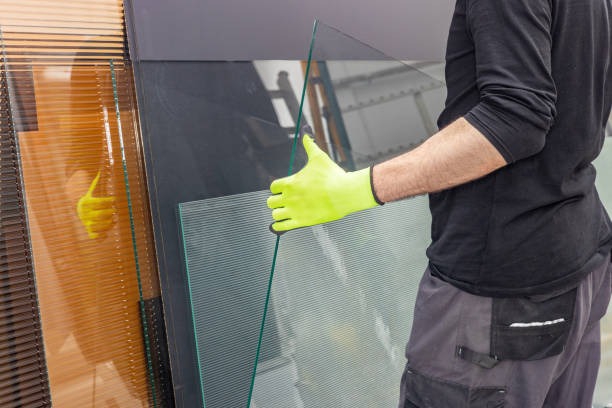Dinosaurs have always fascinated us with their size, structure and the mystery surrounding their existence. Painting these magnificent creatures can be a thrilling experience for artists of all ages. However, it requires a certain level of skill and understanding to master dinosaur art. Here are some tips that can help you refine your dino painting techniques.
Firstly, it’s essential to understand the anatomy of dinosaurs. Even though no one has ever seen a live dinosaur, we have abundant resources in the form of fossils and scientific reconstructions that provide us with an idea about their physical appearance. Studying these sources can help you understand their body structure, skin texture, and other features which are crucial while Dino Painting them.
Secondly, start with sketching before moving on to painting. Sketching helps in creating an outline or blueprint which serves as a guide when you begin applying colors. It also allows you to correct any errors or make changes without ruining the entire artwork.
Thirdly, don’t shy away from using bold colors. Dinosaurs were part of a vibrant ecosystem millions of years ago and it’s believed they had colorful skins like modern reptiles and birds do today. Using bold shades not only makes your artwork more eye-catching but also adds authenticity to it.
Fourthly, mastering perspective is key when drawing dinosaurs because they come in various sizes – from small bird-like species to massive creatures like Tyrannosaurus Rex or Brachiosaurus. Understanding how size affects perspective will add depth and realism to your paintings.
Fifthly, pay attention to details such as scales, feathers or horns depending upon what kind of dinosaur you’re painting. These elements add character and bring life into your artwork making it more engaging for viewers.
Next tip is about adding environmental context to your paintings because dinosaurs didn’t exist in isolation; they were part of an ecosystem full of plants and other animals. By including elements such as trees or water bodies in your background you can create a more immersive experience for viewers.
Lastly, practice is the key to mastering any form of art and dinosaur painting is no exception. The more you paint, the better you’ll get at it. Experiment with different techniques, styles and mediums until you find what works best for you.
In conclusion, painting dinosaurs can be challenging but incredibly rewarding. With proper understanding of their anatomy, careful sketching, use of bold colors, mastering perspective and attention to detail one can create stunning dinosaur artworks. So grab your brushes and let your imagination run wild into the prehistoric era!




